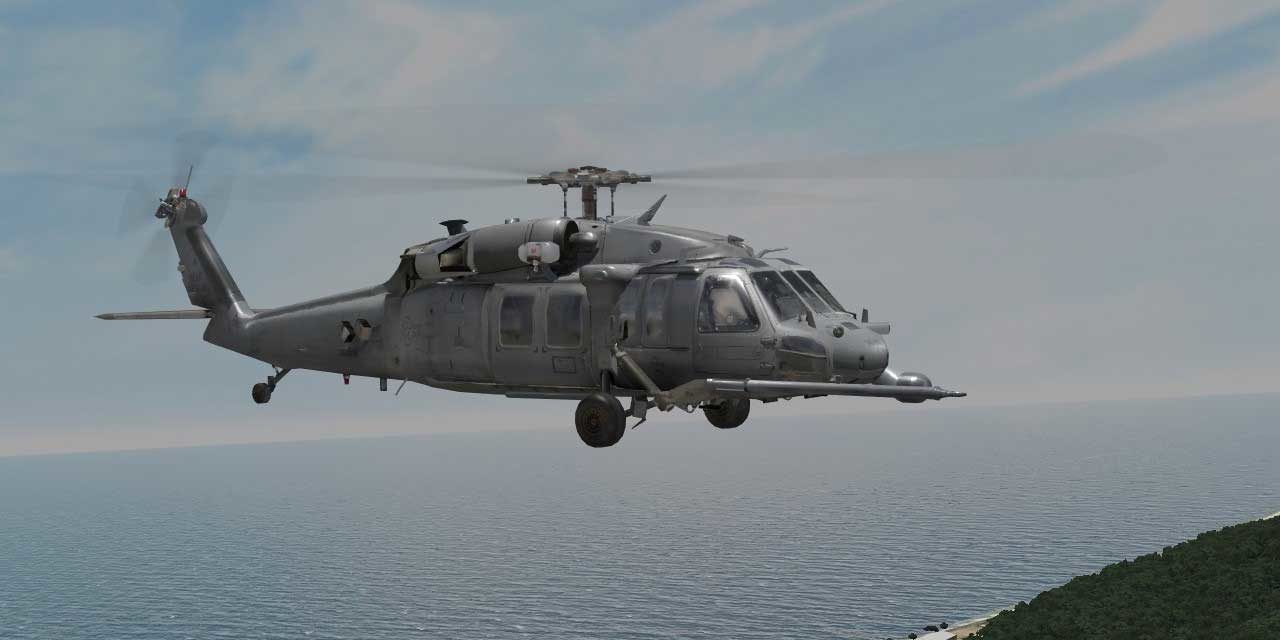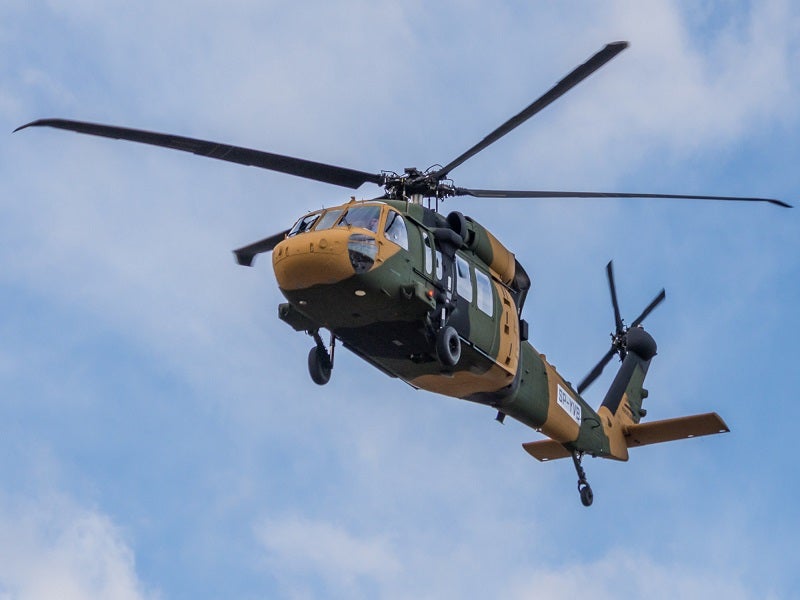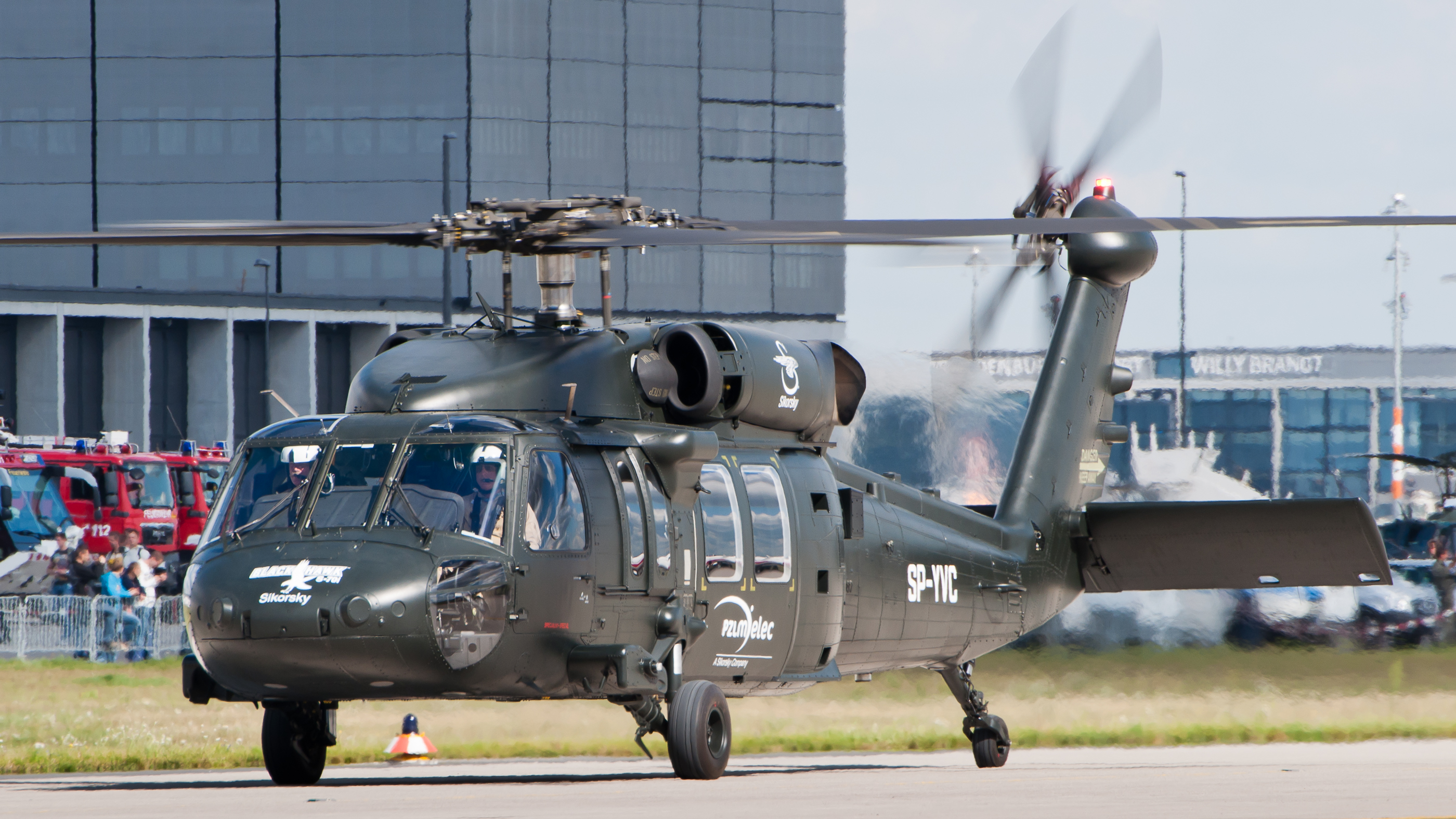A Take a look at the Sikorsky S 70's Role in Army and Civil Aviation
A Take a look at the Sikorsky S 70's Role in Army and Civil Aviation
Blog Article
High-Performance Multi-Role Rotorcraft Featuring Advanced Cockpit Technologies and Integrated Sensor Systems
The world of rotorcraft technology has seen notable innovations in recent times, especially in the world of high-performance multi-role rotorcraft geared up with sophisticated cockpit modern technologies and seamlessly integrated sensing unit systems. These developments have not just augmented the operational capacities of rotorcraft but have additionally significantly affected modern aviation procedures on numerous fronts. From enhanced objective convenience to improved operational effectiveness, the convergence of sophisticated cabin technologies and incorporated sensing unit systems has ushered in a new age of opportunities for rotorcraft applications. In the complying with conversation, we will certainly check out the advancement of rotorcraft modern technology, dive right into the realm of sophisticated cockpit advancements, and check out the effects of incorporated sensing unit systems on the functional adaptability and effectiveness of contemporary rotorcraft.
Evolution of Rotorcraft Modern Technology
The development of rotorcraft technology has actually been marked by substantial improvements in aerodynamics, products, and propulsion systems, forming the capacities and performance of contemporary rotorcraft. Wind resistant renovations have boosted the effectiveness and maneuverability of rotorcraft, permitting boosted rate, dexterity, and security during flight (sikorsky s 70). Developments in materials, such as making use of composite products and progressed alloys, have actually led to lighter yet stronger rotorcraft structures, boosting general performance and sturdiness. In addition, advancements in propulsion systems, including extra effective engines and cutting-edge propulsion innovations, have allowed rotorcraft to accomplish greater altitudes, faster rates, and higher hauls.
These improvements have not only transformed the abilities of rotorcraft but have also expanded their applications throughout various sectors, including armed forces, commercial, and emergency situation services. The continual development of rotorcraft innovation remains to drive development in the area, pushing the limits of what is feasible and forming the future of vertical flight.
Advanced Cabin Innovations
Structure upon the foundational improvements in aerodynamics, materials, and propulsion systems, the world of rotorcraft technology currently changes emphasis in the direction of introducing Advanced Cabin Innovations. The combination of sophisticated technologies within the cockpit setting plays an important duty in improving the functional capacities, safety, and effectiveness of modern-day rotorcraft. sikorsky s 70. Advanced Cabin Innovations encompass a vast array of attributes created to provide pilots with boosted situational awareness, structured data administration, and user-friendly control interfaces
One of the key advancements in cabin layout is the application of glass cockpits, which replace traditional analog assesses with high-resolution display screens. These digital systems offer personalized layouts, real-time data combination, and improved readability, making it possible for pilots to gain access to crucial information at a look. Additionally, progressed avionics systems, such as fly-by-wire controls and boosted reality screens, are revolutionizing how pilots interact with the airplane, enabling specific control and improved decision-making abilities.


Incorporating advanced cabin innovations not just improves pilot performance however likewise contributes to overall objective performance and safety and security in complicated operational atmospheres. By leveraging cutting edge technologies within the cockpit, rotorcraft manufacturers are setting new standards for functional excellence and mission success.
Integrated Sensing Unit Systems
With the evolution of rotorcraft technology, the assimilation of advanced Integrated Sensor Systems has ended up being vital in boosting operational efficiency and safety and security. These Integrated Sensing unit Solutions include a large variety of technologies that provide crucial information for various functions such as navigating, surveillance, targeting, and ecological tracking. By seamlessly incorporating sensors like radars, electronic cameras, lidar, and infrared systems right into rotorcraft, drivers can take advantage of boosted situational recognition, improved objective abilities, and decreased pilot work.
One trick benefit of Integrated Sensing unit Systems is their ability to collect real-time information and give actionable insights to pilots and objective drivers. Progressed radar systems can discover and track targets over long ranges, allowing for early hazard detection and effective response preparation. Furthermore, incorporating electro-optical and infrared electronic cameras enables rotorcraft to carry out reconnaissance and security objectives with accuracy and accuracy.
In essence, the integration of sophisticated sensing unit technologies right into rotorcraft not only boosts operational efficiency however likewise contributes considerably to total mission success and crew safety. As rotorcraft continue to develop, the duty of Integrated Sensor Systems will undoubtedly remain at the leading edge of technology in the aerospace market.
Operational Adaptability and Effectiveness
Enhancing operational convenience and performance in rotorcraft is an all-natural development from the assimilation of sophisticated Integrated Sensing unit Systems. By leveraging the understandings and data supplied by these cutting-edge sensing unit systems, rotorcraft can enhance their performance throughout different objectives and settings.
Operational convenience incorporates the capability of rotorcraft to adapt to different roles and circumstances successfully. With advanced cabin modern technologies and integrated sensing unit systems, rotorcraft can seamlessly shift in between tasks such as search and rescue, medical emptying, monitoring, and more. This versatility improves the rotorcraft's capability to fulfill diverse functional demands without requiring extensive reconfiguration.
Effectiveness in rotorcraft operations is essential for making the most of mission effectiveness and source use. Integrated sensing unit systems play a pivotal duty in enhancing operational efficiency by offering real-time data on climate condition, surface mapping, target monitoring, and a lot more. This information enables pilots to make educated decisions quickly, enhance trip courses, preserve fuel, and boost general mission efficiency.
Effect on Modern Aeronautics Workflow

Moreover, the assimilation of sophisticated sensing units assists in improved goal preparation and execution, making it possible for rotorcraft to carry out a vast array of jobs with boosted precision. From search and rescue procedures to aerial firefighting and legislation enforcement goals, the abilities of contemporary rotorcraft equipped with sophisticated cockpit technologies and incorporated sensing unit systems are unmatched.
In addition, the effect of these advancements prolongs beyond operational effectiveness to cost-effectiveness and sustainability. By maximizing trip courses, fuel intake, and upkeep schedules, high-performance rotorcraft equipped with advanced cabin technologies and sensors add to minimizing functional costs and ecological effect, making them crucial possessions in contemporary air travel operations.
Verdict
To conclude, the high-performance multi-role rotorcraft with innovative cabin modern technologies and integrated sensing unit systems represents a substantial evolution in air travel innovation. These developments enhance operational versatility and efficiency, eventually impacting contemporary air travel operations in a positive method. The assimilation of these innovative modern browse this site technologies permits for boosted abilities and efficiency in different goal circumstances, showcasing the proceeded development of rotorcraft innovation in the aeronautics industry.
The world of rotorcraft technology company website has actually seen significant improvements in recent times, specifically in the world of high-performance multi-role rotorcraft equipped with advanced cockpit modern technologies and perfectly integrated sensor systems. From enhanced mission versatility to boosted functional effectiveness, the convergence of sophisticated cockpit technologies and integrated sensor systems has ushered in a brand-new age of opportunities for rotorcraft applications. In the complying with conversation, we will explore the development of rotorcraft innovation, dig right into the realm of advanced cabin developments, and take a look at the implications of incorporated sensor systems on the operational versatility and effectiveness of contemporary rotorcraft.

Report this page